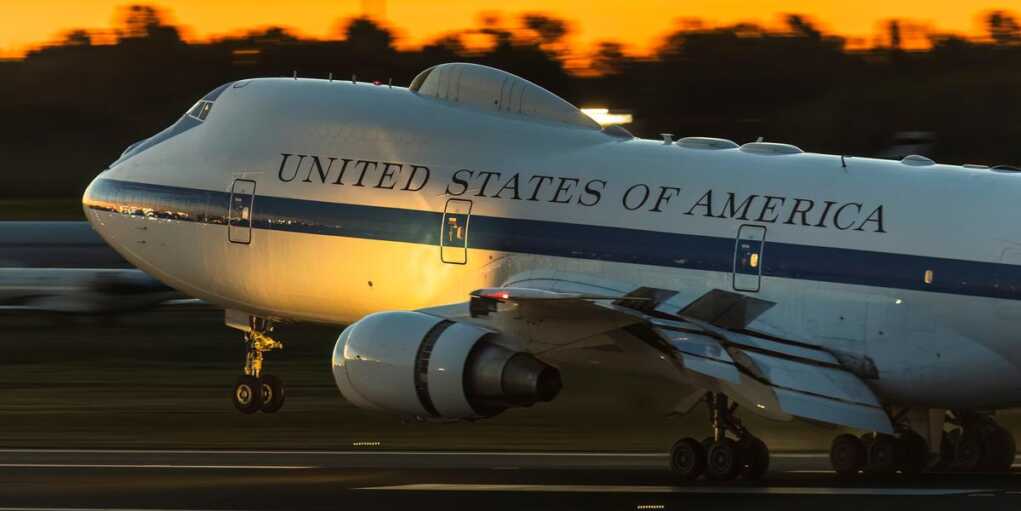Doomsday Plane’s Mysterious Flight Fuels War Fears

Social media lit up Tuesday night as one of America’s most secretive and powerful aircraft—the Boeing E-4B “Nightwatch,” better known as the “Doomsday Plane”—landed at Joint Base Andrews outside Washington, D.C., under highly unusual circumstances.
Flying from Louisiana to Maryland, the heavily fortified airborne command center touched down at 10:10 p.m. with a new callsign, “ORDER01,” instead of its routine “ORDER6…” identifier. That small detail set off speculation that this mission was different, possibly extraordinary.
While the U.S. military routinely flies the E-4Bs to maintain operational readiness, this particular flight raised eyebrows due to its timing, route, and the tense global backdrop: a rapidly escalating war between Israel and Iran, and President Trump’s recent threat demanding Tehran’s “unconditional surrender.”
Adding fuel to the fire, Iran’s Supreme Leader Ayatollah Ali Khamenei rejected Trump’s demand outright on Wednesday, defiantly refusing to back down. With that rejection, fears of a wider conflict and potential U.S. military involvement grew substantially.
Online observers debated the significance of the doomsday plane’s appearance. Some speculated it could be a precautionary move in response to threats of nuclear escalation in the Middle East. Others theorized it might be tied to preparations for high-level travel, such as Defense Secretary Pete Hegseth potentially visiting U.S. forces abroad. But few found comfort in the flight’s curious timing or its cryptic callsign.
The E-4B’s capabilities make it uniquely suited for moments of crisis. The aircraft is equipped to keep the president and top military officials operational during a national emergency, even in the face of nuclear attack or a communications blackout. It boasts thermal and nuclear shielding, advanced communications systems, and mid-air refueling capacity. With over 67 satellite dishes and antennas, it can link to anyone anywhere in the world.
Inside, the aircraft houses multiple command decks, including a briefing room, a teamwork center, and 18 bunks for long-term missions. It can stay airborne for over a week straight if refueled in the air—earning its nickname as the “flying Pentagon.”
These features have only added to the speculation. The last time such aircraft became central to national defense conversations was during the September 11 attacks, when President George W. Bush stayed in the air for hours aboard Air Force One, flanked by fighter jets, as America scrambled to respond.
Tuesday’s E-4B mission lasted more than four hours and ended just a short helicopter flight from the White House. With Trump reportedly weighing whether to formally join Israel’s military campaign against Iran, many believe this was no coincidence. If Trump decides to order strikes, the Pentagon must be ready to operate in real time under secure, survivable conditions—and that’s exactly what the doomsday plane is built for.
So far, the administration has offered no comment on the flight’s purpose, fueling the public’s unease. Some speculate that it was simply a readiness drill, others worry it signals real-time wartime preparation. With the global situation deteriorating by the day, and military leaders on edge, Americans are left watching the skies—and wondering what comes next.









